Historical and Preservation Society of Pottawattamie County
County Seat Council Bluffs, Iowa
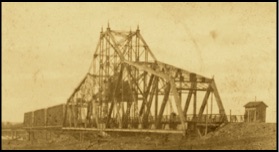
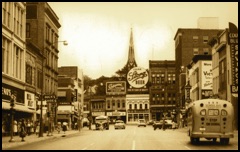
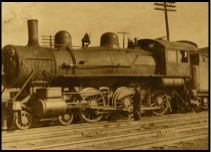
(Story by Richard Warner. Dr. Warner serves on the board of directors of the Historical and Preservation Society of Pottawattamie County.)
Langdon and Hardy?
Council Bluffs actor Harry Langdon is honored with a star on Hollywood Boulevard’s
Walk of Fame.
Buster Keaton, Charlie Chaplin, Frank Capra, Stan Laurel, Oliver Hardy. All names from the silent film era and early days of talking pictures that are instantly recognizable to most everyone. Curiously, if one looks back at the entertainment news and reviews from that time, another name figures in with as much or even more prominence as the rest... Council Bluffs’ Harry Langdon.
He has a star on Hollywood Boulevard, and any serious cinema buff would know his work, but the last 30 years Harry Langdon’s name hasn’t always enjoyed the ready recognition status of his peers.
Though sometimes thought of as a silent film star, his career certainly did not end with that era. Fully two thirds of Langdon’s pictures were actually talkies. He was a contemporary of Laurel and Hardy and worked as a writer on a number of their movies.
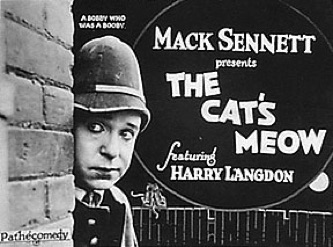
In 1939, following some problems with Stan Laurel during filming, Langdon was paired with Oliver Hardy for a picture. Rumors ran rampant through the entertainment industry that Laurel was out and Langdon was in. In actuality only one Langdon and Hardy picture emerged, a quirky comedy called “Zenobia” that can still be seen on late night television, but Langdon’s name at time was easily big enough to make the rumor believable.
Harry Langdon was born in Council Bluffs in 1884. His father, William, was a successful house painter. Per- forming was in young Harry’s blood from the beginning. As a preteen he staged neighborhood theatrical produc- tions of his own creation, and was typically the winner of any sort of talent competitions in town. In his early teens he ran off to join “Dr. Belcher’s Kickapoo Indian Medicine Traveling Show.” He returned to Council Bluffs, but over the next few years would frequently leave for long stretches on the road as a part of various minstrel shows and circuses.
Harry Langdon had the necessary talent and persistence. He soon worked his way to the top of the vaudeville circuit as a big name headliner and appeared on Broadway in the musical “Jim Jam Jems.” When he decided to get into pictures, he landed a contract easily, and within two years had vaulted to the top of silent comedy stardom. Advent of the talking pictures didn’t pose a career barrier, with Langdon signing to do a series of short comedies with a major studio in 1929. Ads for the new pictures hailed Harry as having “a comic manner of speech that is irresistibly funny.” He continued to make movies throughout the rest of his life.
Motion picture history buffs continue to debate to what to attribute the relative obscurity he fell into in recent years.
Some say it is a classic case of an actor putting his career into his own hands. The onset of his box office downslide was coincident with his move to the director’s seat. Or could there even be some Hollywood politics involved? The director he fired was Frank Capra, who went onto become a Hollywood legend. Some hold this move angered the Hollywood mighty and he paid the price. Others attribute the decline to over exposure. He had seven features released within two years, more than twice the that of his contemporary stars.
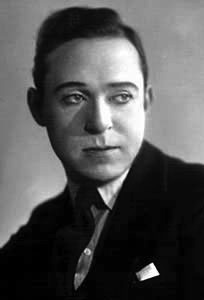
Perhaps the most compelling idea to explain his relative obscurity is one Mr. Langdon would have understood completely. He committed the worst mistake a vaudevillian could make— his timing was off. He died too early.
Buster Keaton lived long enough to be rediscovered by a new audience at the Cannes Film Festival. Chaplan and Lloyd received belated Oscars. Laurel and Hardy found new fans via television. But Harry Langdon died in 1944, too early to enjoy the rebirth of his style of comedy.
Signs are the recognition is slowly returning, however. Amongst film buffs his name is seen more and more frequently when that era is being discussed. In the late 1990’s the Harry Langdon Society formed and distributed information and stories about the comic genius. Of course for Council Bluffs residents the renaming of a major thoroughfare in his honor is a daily reminder of a local boy who had a dream and made it come true.